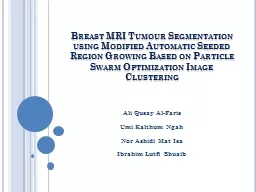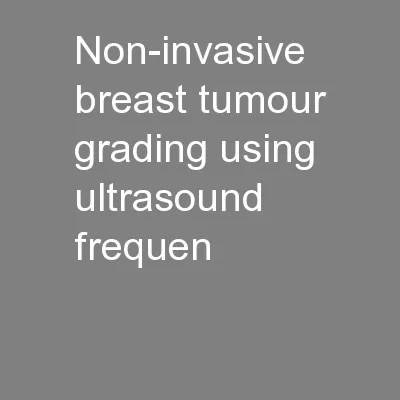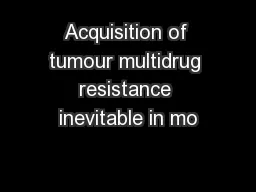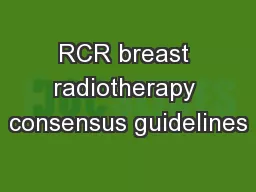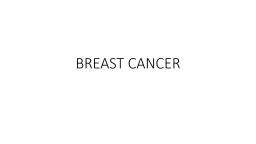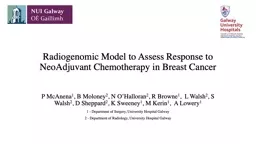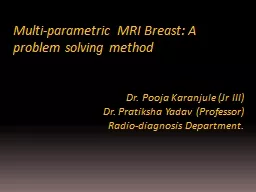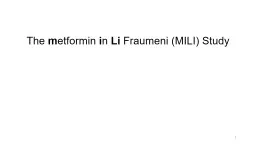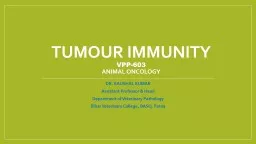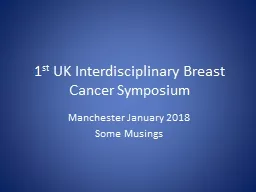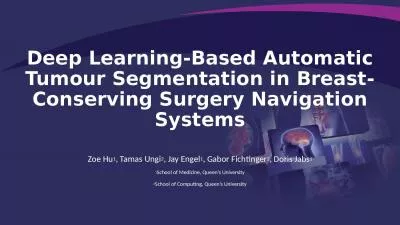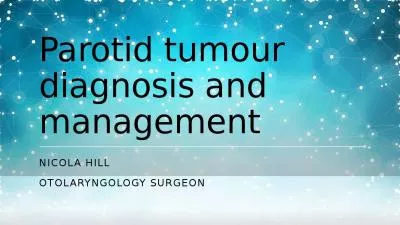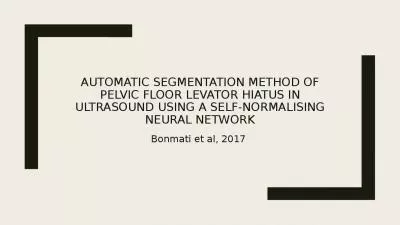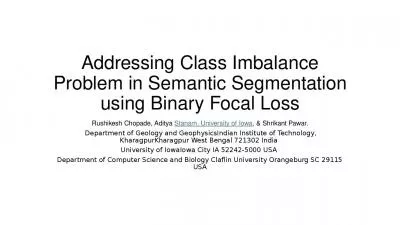PPT-Breast MRI Tumour Segmentation using Modified Automatic See
Author : kittie-lecroy | Published Date : 2016-07-10
Clustering Ali Qusay Al Faris Umi Kalthum Ngah Nor Ashidi Mat Isa Ibrahim Lutfi Shuaib Introduction Breast cancer today is the leading cause of death
Presentation Embed Code
Download Presentation
Download Presentation The PPT/PDF document "Breast MRI Tumour Segmentation using Mod..." is the property of its rightful owner. Permission is granted to download and print the materials on this website for personal, non-commercial use only, and to display it on your personal computer provided you do not modify the materials and that you retain all copyright notices contained in the materials. By downloading content from our website, you accept the terms of this agreement.
Breast MRI Tumour Segmentation using Modified Automatic See: Transcript
Download Rules Of Document
"Breast MRI Tumour Segmentation using Modified Automatic See"The content belongs to its owner. You may download and print it for personal use, without modification, and keep all copyright notices. By downloading, you agree to these terms.
Related Documents

